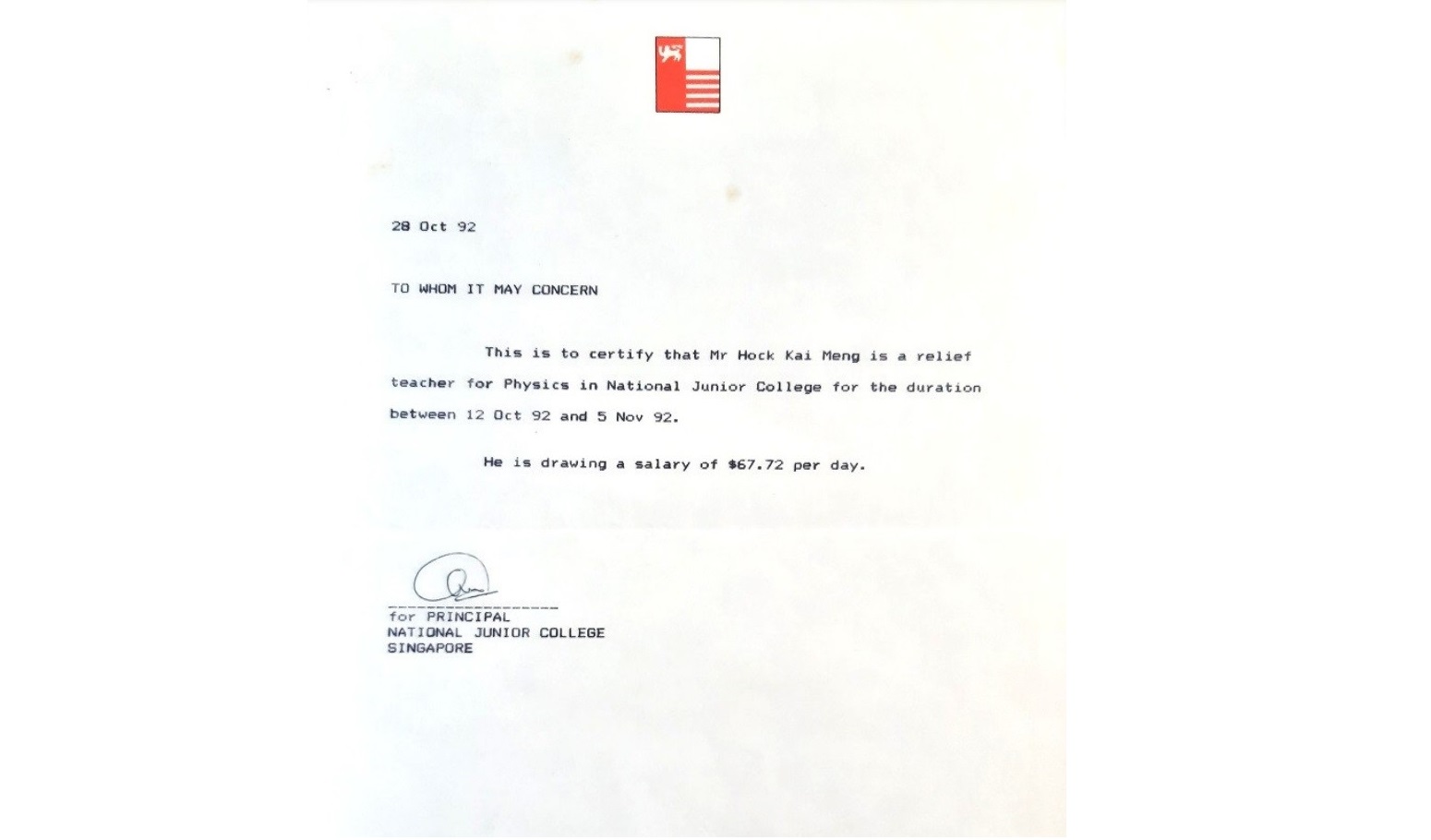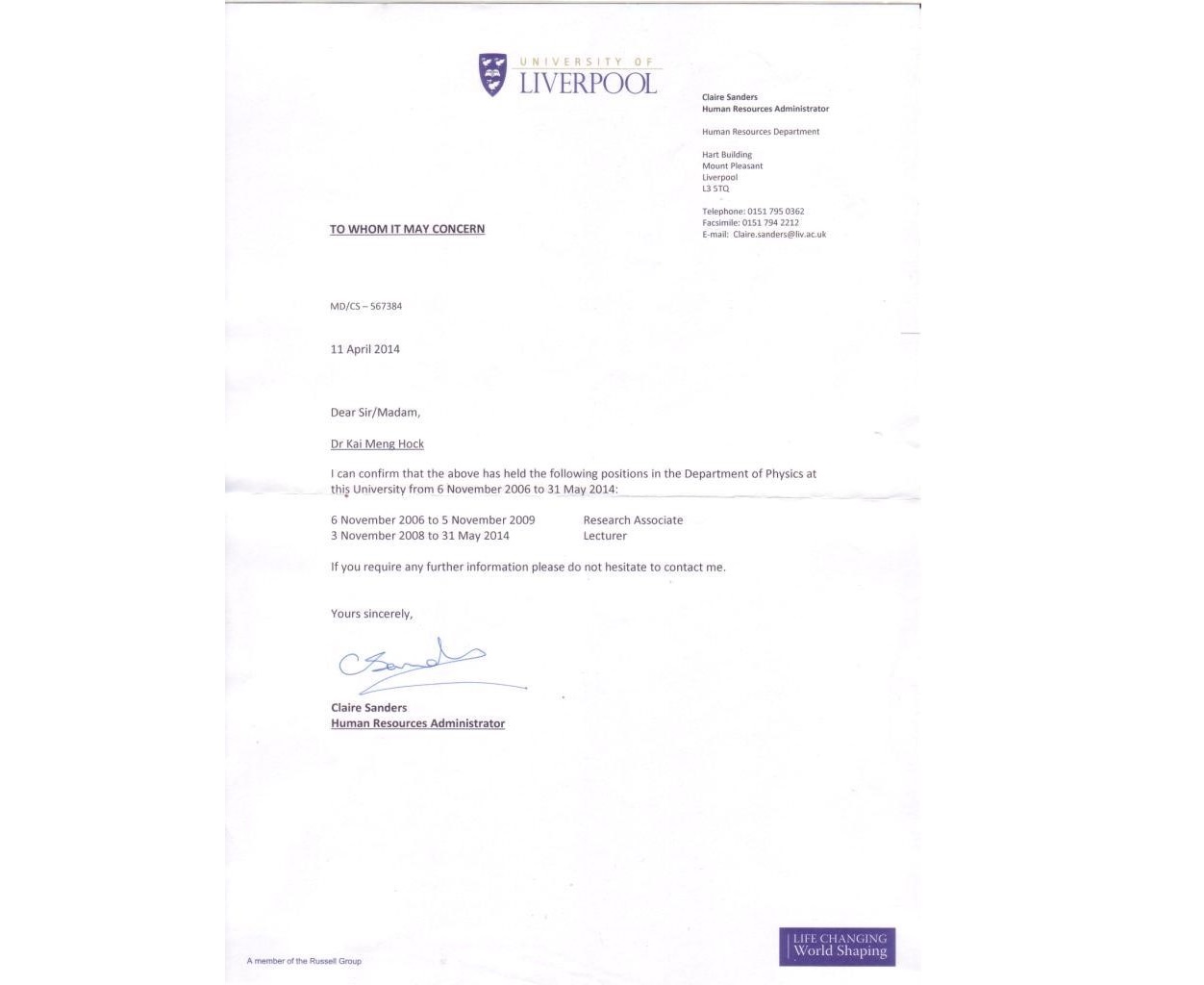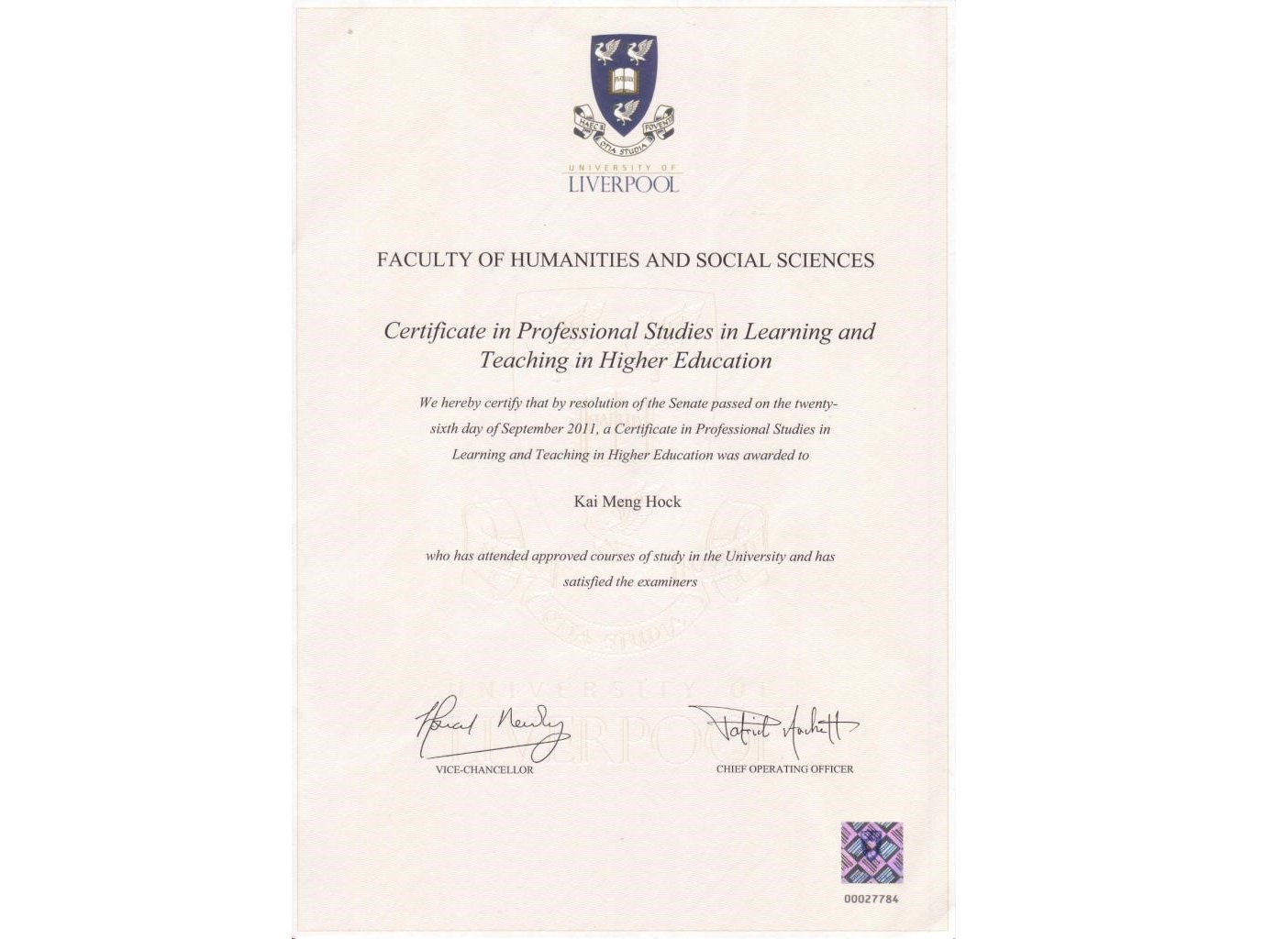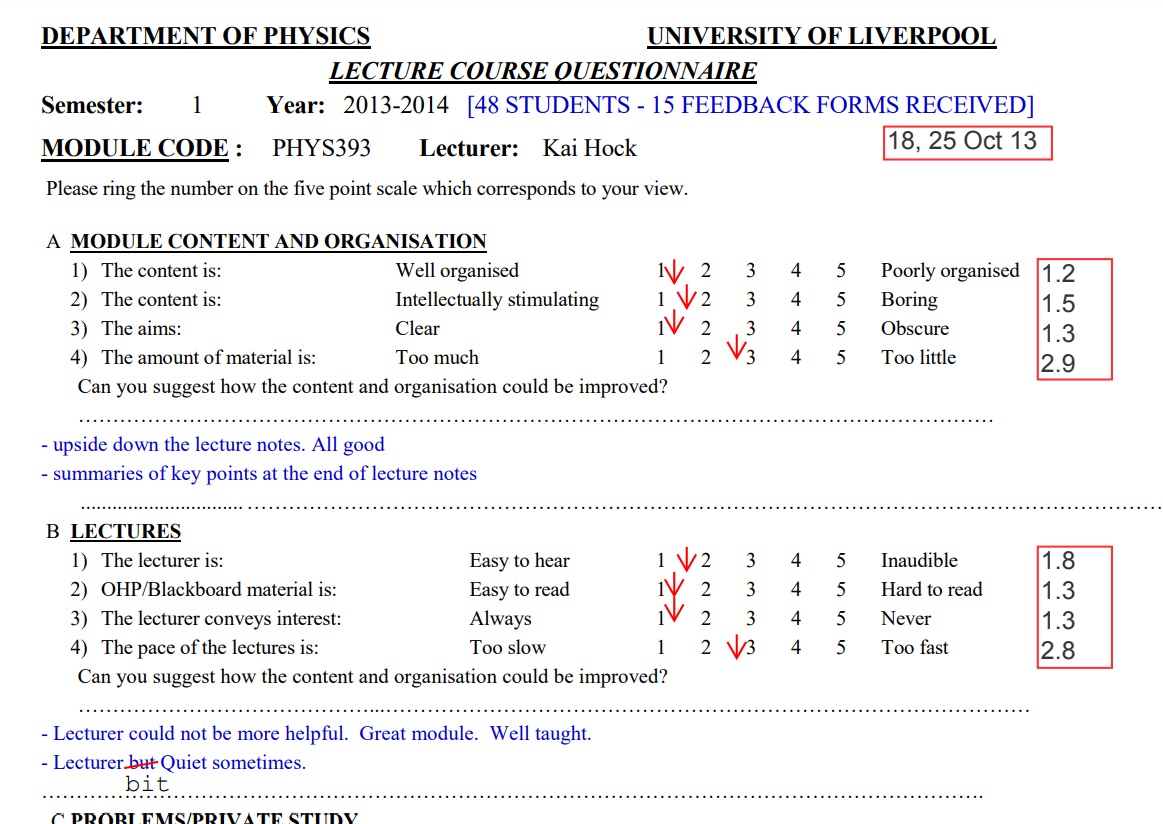My first choice career for my PSC scholarship bond was to be a school teacher. Although I was eventually posted to an R&D organization, I still keep up with my interest in teaching.
In between my Bachelor degree and my PhD, I had spent my summer holidays in 1988 doing relief teaching in Catholic Junior College. I taught physics practical in the CJC lab. I spent a lot of time explaining to my students how to analyse their data and how to keep good records.
For a short time after I returned to Singapore in 1992, and before my bond started, I taught physics in National Junior College as a relief teacher. It was interesting to interact with the JC students.

After my PSC bond started, I could no longer teach in a school. Instead, I took on a few students for tuition after work, teaching them O and A level physics, maths and chemistry. It was hectic but interesting.
In 1996 and 1997, I got an Adjunct Lectureship position in the National University of Singapore. “Adjunct” in this case means part time. I taught Signal Processing in 1996, and Computer Architecture in 1997.
In 1996 and 1997, I got an Adjunct Lectureship position in the National University of Singapore. “Adjunct” in this case means part time. I taught Signal Processing in 1996, and Computer Architecture in 1997.
It was really hard work, because I had not studied Computer Architect before. What’s more, I had to teach Assembly language, the programming language that is closest to machine language.
To me, that meant “very” difficult, as all I knew was some high level language like C and Fortran. Luckily, I found a good book, taught myself the topic, and was eventually able prepare and teach the basics, which was what the course required.
In 2006, I applied for and got a postdoctoral position to do physics research in the University of Liverpool, UK. There was no teaching at first. Then in 2008, I got a lectureship position, and became a physics lecturer there.

Soon after I started lecturing, the department asked me to attend a “teaching course”. It was just a one-day course, with an essay to write. Nothing like the serious teacher’s training course in the National Institute of Education in Singapore. Here is my certificate.

As a lecturer, my duties were to teach a year 3 physics topic, and to “demonstrate” at a year 1 physics lab. It took me a while to get used to the teaching style there.
I was used to teaching in a way that is clear and simple, no matter whether it is university or O level physics. But fellow lecturers prefer to teach as if the students already know the stuff.
The lecture topic I was asked to teach was called Statistical Physics. This is a difficult topic with a lot of maths. There were lecture notes left behind by the previous lecturer. As these notes were very condensed, and the topic a difficult one, I decided to prepare my own lecture notes.
I followed the style I used when I taught myself physics at 10 years old – by making the materials simple. Because it was a complex topic, I ended up spending half a year doing this.
Was it worth all the effort though? There were some nice comments under that video by YouTube viewers, but did all this work really help my students to learn better?
Lets see what my students said in their end-of-term feedback. Note that for the scale of 1 to 5 that is used, 1 is good, 5 is not :
 Students' feedback.
Students' feedback.
This feedback made it all worthwhile.
More importantly, it suggested to me that my preferred way of learning – to make every step simple, both in meaning and in how it relates to the next step – was also helpful for other students. In both Singapore and England !
In 2014, I decided to move back to Singapore. I suppose I am finally settling down in one place for good.
With the Internet, learning is so much easier today than when I was 10 years old. At that time, it took me 3 years to find all the materials I needed to even start studying physics. Today, I can find them in 3 seconds on google or YouTube – and for free !
But of course, the fact that the study materials are free and out there does not mean that students know where to look, have time to look, or want to look. So teachers remain as important today as they were before the Internet – in my view, to present knowledge in a form that students can readily absorb.